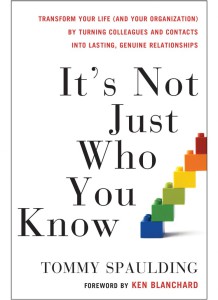Community service projects are great incentives to help make a difference in the society while also winning the hearts of the locals. As a company, it is important to consider organizing an event where the company and its employees focus on giving back to society. The success of every corporate-organized community service project is dependent on how well-planned the entire event is. Here are some tips on what to focus on when planning for such a day for your office.
Choosing the Right Cause
As a company, you probably have existing social goals and values that you stand for. When organizing for a community service project, you should endeavor to choose a cause, that matches your internal objectives. For example, if your company appreciates and upholds the importance of environmental awareness, then you may choose a suitable project, such as cleaning the neighborhood and planting trees. Choosing the right project ensures that you fulfill what your company stands for.
Setting the Right Date
When setting a date for your company’s community service project, you should always try to select a day that is favorable for all workers associated with your company. Setting the right date ensures that most of your employees are available to dedicate their time to work on the community service project. Certain days of the week, such as Fridays and Saturdays, can work best.
Gamifying the Project
Employees value community service projects because they get an opportunity to interact and work outside the office environment. To increase employees’ morale and ability to benefit from the project, you may choose to gamify the entire social event by setting different teams, which engage in small competitions.
Setting the logistics right
The success of a community service project is highly dependent on how well-planned it is. The logistical aspect of the planning process is perhaps the most challenging. To ease your work, you may have to allocate different responsibilities to different employees. Finding workers who are passionate about community service and giving them responsibilities to organize the project increases the chances of success.
When allocating additional responsibilities to the employees, it is important to leverage their passions and skills. For instance, allowing workers from the finance department to handle the project’s financial aspects enables them to put their skills to good use.






